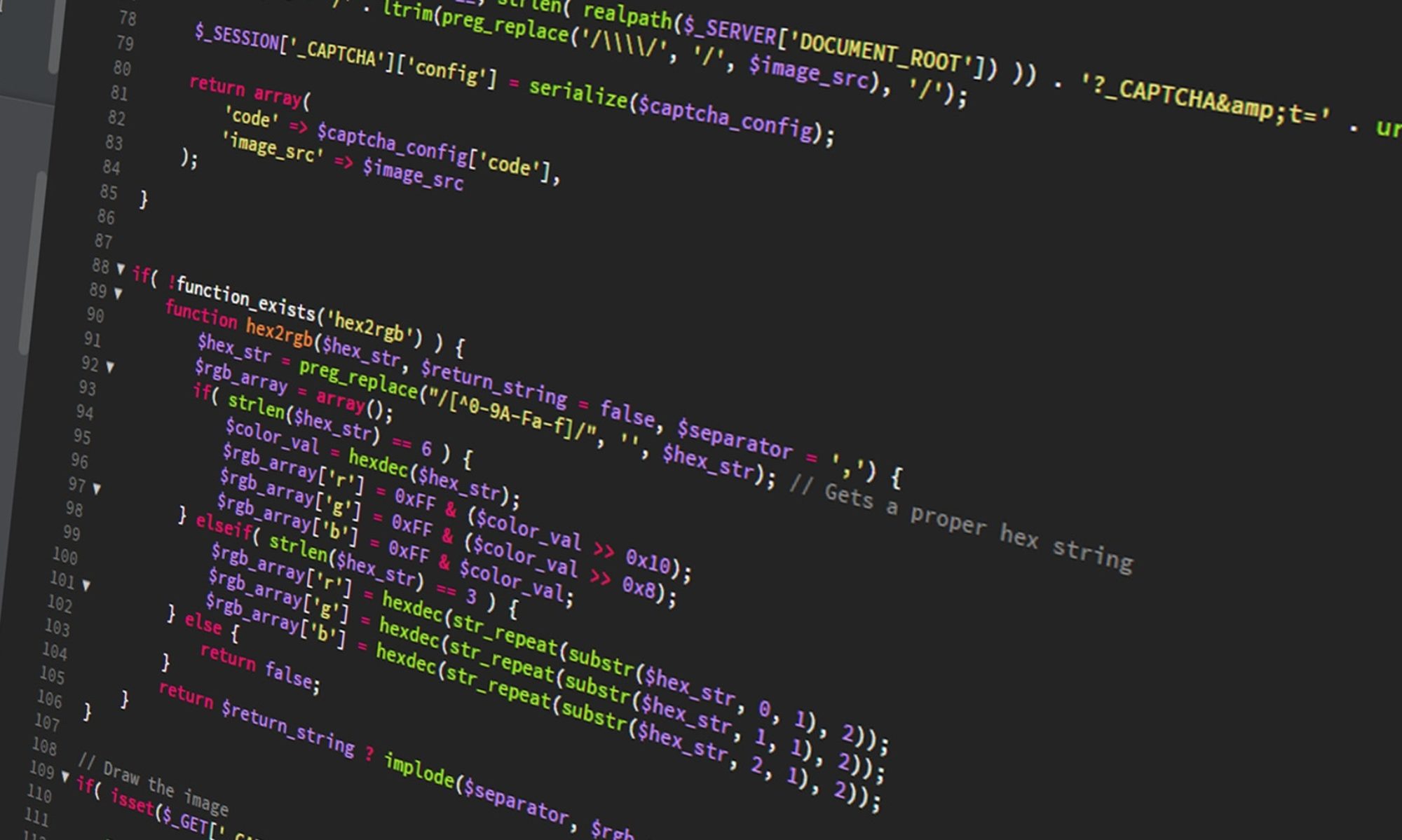Naturally, if the .htaccess (ht.acl in Windows) does not already exist in the directory we wish to protect, we must create it first. It is a plain text file, so you may use any text editor to create/modify this file, such as pico, emacs, Notepad, or TextEdit.
Our first step is to add these lines below to the .htaccess file.
AuthName "This is a restricted area, please log in first." AuthType Basic AuthUserFile /directory/path/passwdfile
AuthName is the text that will appear in the browser pop-up when the user is challenged. AuthType value of “Basic” means we are using basic HTTP authentication. AuthUserFile is the path and file name of our password file; more on that later.
Also in the .htaccess file, we add a list of user names we wish to allow to access the web directory we are locking down. For example:
require user jdoe require user spannu
We are now done with the .htaccess file. Now we just have to create the password file. In the Apache bin, there is an executable called “htpasswd”. The first example below is used to create a new password file with the user “jdoe”; note that when using the -c parameter to create a new file, we will overwrite any password file that exists in the same directory, so be careful. To add a new user to an existing file, we should run the second example, the difference being the lack of the -c parameter.
htpasswd -c -b /directory/path/passwdfile jdoe secUr3Pwd htpasswd -b /directory/path/passwdfile spannu an0therPwd
The -b parameter allows us to type in the password in the command line, which is helpful when you are setting up a script that creates a large number of users at once. If having the password in the command line cache is a concern, just remove the -b parameter, and we will be prompted to enter a password for each user.
We should now be all set. The next web visitor that reaches the directory where the .htaccess file resides should be challenged with a password prompt.
To remove a user from a certain password file:
htpasswd -D /directory/path/passwdfile jdoe
For our reference, below is the help text for the htpasswd command.
Usage:
htpasswd [-cmdpsD] passwordfile username
htpasswd -b[cmdpsD] passwordfile username password
htpasswd -n[mdps] username
htpasswd -nb[mdps] username password
-c Create a new file.
-n Don't update file; display results on stdout.
-m Force MD5 encryption of the password (default).
-d Force CRYPT encryption of the password.
-p Do not encrypt the password (plaintext).
-s Force SHA encryption of the password.
-b Use the password from the command line rather than prompting for it.
-D Delete the specified user.
On Windows, NetWare and TPF systems the '-m' flag is used by default.
On all other systems, the '-p' flag will probably not work.
